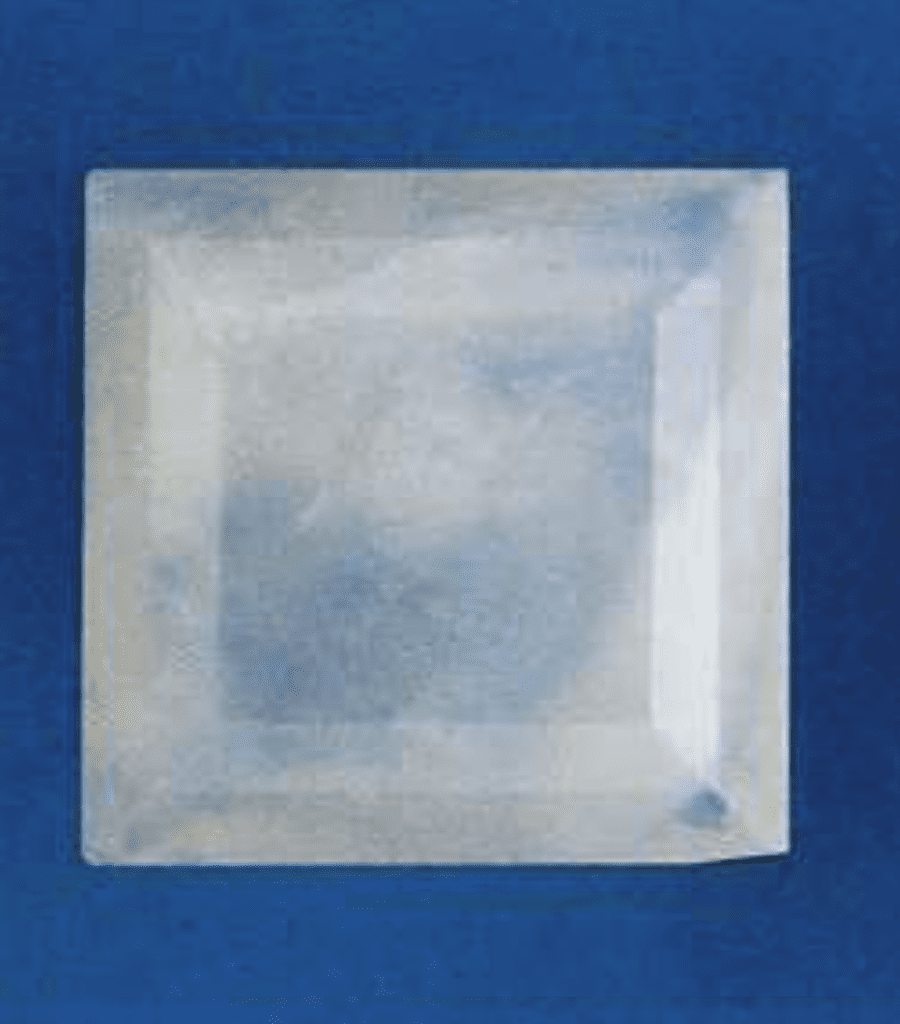Xonotlite Value, Price, and Jewelry Information
Xonotlite is strong and can take a good polish. However, these gems are extremely rare, both as a species and cut specimens.
Xonotlite is strong and can take a good polish. However, these gems are extremely rare, both as a species and cut specimens.
Start an IGS Membership today
for full access to our price guide (updated monthly).Xonotlite Value
Does Xonotlite Make a Good Jewelry Stone?
Despite a mid-range hardness (6), which makes xonotlites somewhat vulnerable to scratches, these gems have greater resistance to blows than most jewelry stones. They have a "tough" tenacity, while most gemstones only rank as "brittle." Nevertheless, you're more likely to find these stones in mineral collections than in jewelry collections.
Lapidaries have cut translucent (not truly transparent) faceted stones up to several carats in size from Italian material.
Are There Synthetic Xonotlites?
Researchers have synthesized xonotlite via the hydrothermal method. The synthetic material has been used in powder form for industrial purposes, such as absorption, insulation, and pigment extension. However, no jewelry use for this material is known.
There are no known treatments or enhancements for xonotlites.
Where is Xonotlite Found?
Mexico and the Vicenza region of Italy have produced gem-quality, facetable material.
- Tetela de Xonotla, Mexico.
- Laghi di Posina, Vicenza, Italy.
Other notable sources include the following:
- United States: California; Michigan; Puerto Rico; Virginia.
- Canada; Japan; South Africa.
Caring for Xonotlites
Consult our gemstone jewelry cleaning guide for care recommendations.
Joel E. Arem, Ph.D., FGA
Dr. Joel E. Arem has more than 60 years of experience in the world of gems and minerals. After obtaining his Ph.D. in Mineralogy from Harvard University, he has published numerous books that are still among the most widely used references and guidebooks on crystals, gems and minerals in the world.
Co-founder and President of numerous organizations, Dr. Arem has enjoyed a lifelong career in mineralogy and gemology. He has been a Smithsonian scientist and Curator, a consultant to many well-known companies and institutions, and a prolific author and speaker. Although his main activities have been as a gem cutter and dealer, his focus has always been education. joelarem.com
International Gem Society
Related Articles
Black Diamond Value, Price, and Jewelry Information
Chameleon Diamond Value, Price, and Jewelry Information
Gray Diamond Value, Price, and Jewelry Information
Green Diamond Value, Price, and Jewelry Information
Latest Articles
Celebrity Engagement Rings
Ruby and Sapphire Grading Tools
Cerussite Value, Price, and Jewelry Information
Ouro Verde Quartz: History and Treatment
Never Stop Learning
When you join the IGS community, you get trusted diamond & gemstone information when you need it.
Get Gemology Insights
Get started with the International Gem Society’s free guide to gemstone identification. Join our weekly newsletter & get a free copy of the Gem ID Checklist!
